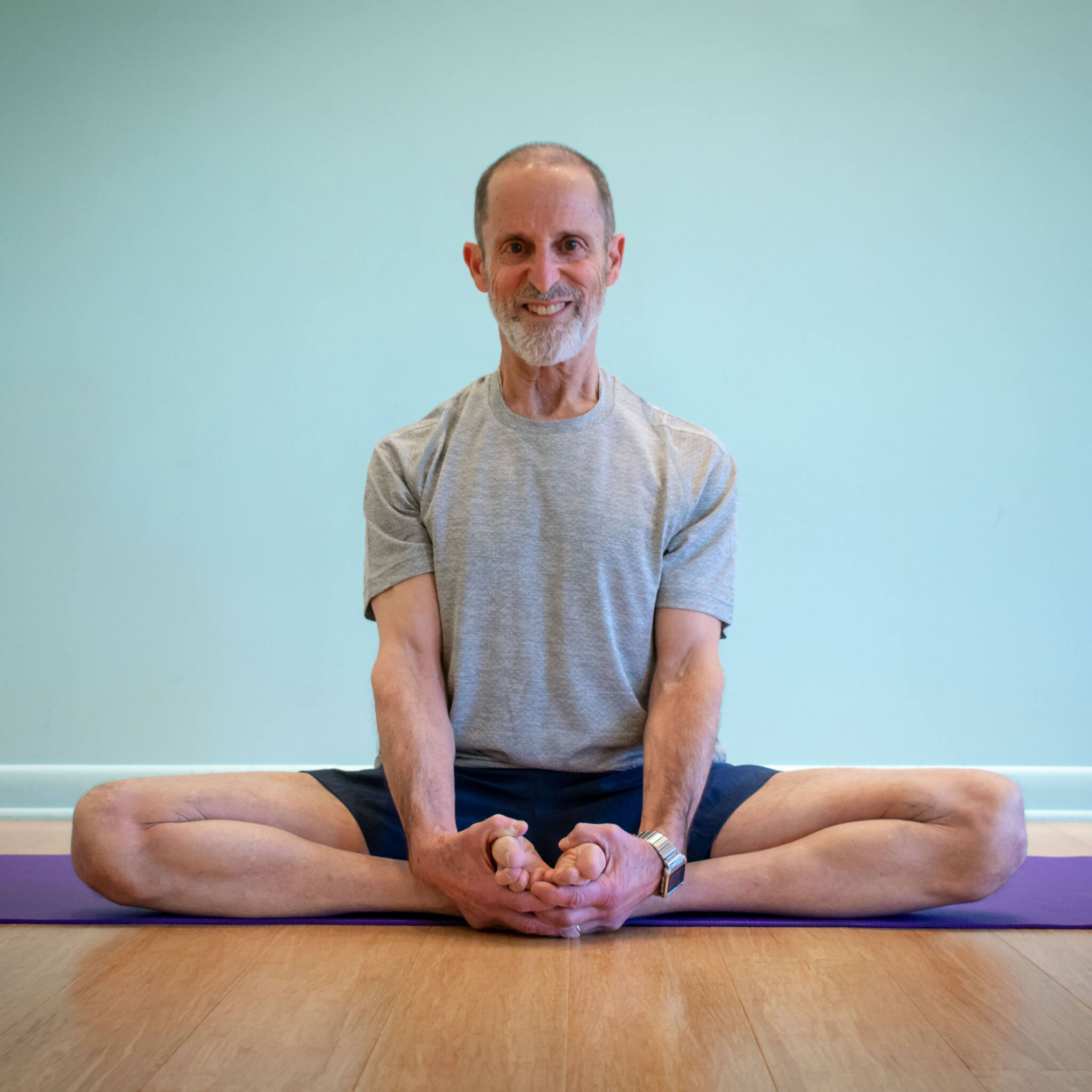How Much Exercise Is Too Much? This MD's Answer May Surprise You
Do you really need to do five days of HIIT?


mbg Assistant Beauty Editor
mbg Assistant Beauty Editor
Hannah Frye is the Assistant Beauty Editor at mindbodygreen. She has a B.S. in journalism and a minor in women’s, gender, and queer studies from California Polytechnic State University, San Luis Obispo. Hannah has written across lifestyle sections including health, wellness, sustainability, personal development, and more.
Image by Javier Díez / Stocksy March 4, 2023 On a new workout kick? Whether you’re training for a marathon, packing in extra yoga classes, or dedicating more time to strength training, you've probably asked yourself this question: How much exercise is too much? As you can expect, the answer isn’t so cut and dried. Luckily, leading biohacker and precision medicine doctor Molly Maloof, M.D., recently simplified this nuanced topic on the mindbodygreen podcast—here’s what you should know. 
Advertisement
This ad is displayed using third party content and we do not control its accessibility features.
How much exercise is too much?
One essential distinction to note is the difference between low and moderate-intensity workouts and those that are super high-intensity—think pilates or walking versus high-intensity interval training (HIIT). According to Maloof, the type of intensity you choose will dictate how often you should take part.
Advertisement
This ad is displayed using third party content and we do not control its accessibility features.
“You can do literally unlimited amounts of moderate-intensity exercise, and you won't hurt your body,” she explains. So daily walking, daily yoga, or daily moderate weight training is A-OK. “ But when it comes to the high-intensity stuff, that's when people start to break,” she explains.
More specifically, “If you go over 150 minutes of high-intensity interval training a week, you'll damage your mitochondria,” she explains. She references a 2021 study, in which researchers found mitochondrial impairment and even increased glucose intolerance1 in those who spent more than five hours a week doing HIIT exercise. (150 minutes is only about 2.5 hours, but Maloof would consider it the potential point of diminishing returns. Think of five hours the absolute limit.)
Of course, everyone has different tolerance levels when it comes to working out. So when analyzing what is too much, remember that it’s very personal; your limit could be slightly under or over these guidelines, and that’s totally OK. As always, it's important to listen to your body.
How to tell you're over-exercising.
Next question: How can you tell if you’re doing too much? Maloof says the real hint is how energized and strong you feel, compared to tired and lethargic. Ask yourself the following questions:
Advertisement
This ad is displayed using third party content and we do not control its accessibility features.
Of course, each one of these signs could also be linked to another factor, like how much sleep you get, your diet, medications, etc. But if you recently picked up more exercise than usual and you begin to reflect a few of the above signs, then you may want to experiment with a pared-back workout plan.
At the end of the day, do your best to tune into your body. You may even consider keeping a journal dedicated to how your body feels each day and what kind of exercise you did, so you can keep track of changing energy levels.
The takeaway.
For those who participate in high-intensity interval training, capping your workouts at five hours a week max is the best way to protect the mitochondria of your cells and reduce feelings of lethargy. If you opt for low or moderate-intensity exercise, then you may be able to crank it up to daily if you want to—but remember that everyone is different. The best thing you can do is listen to your body and adjust your routine accordingly.
Advertisement
This ad is displayed using third party content and we do not control its accessibility features.

 MikeTyes
MikeTyes 































